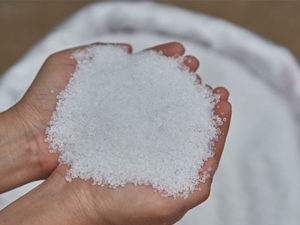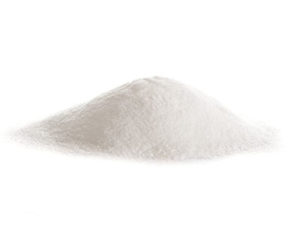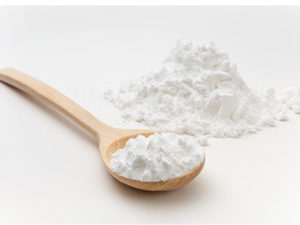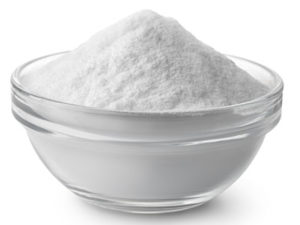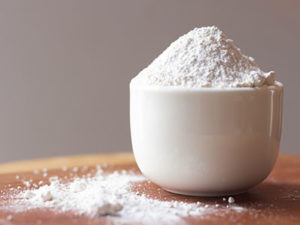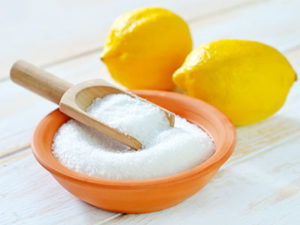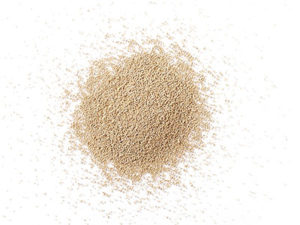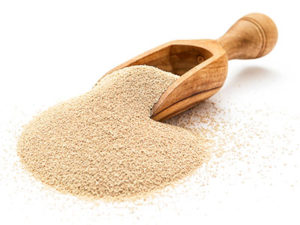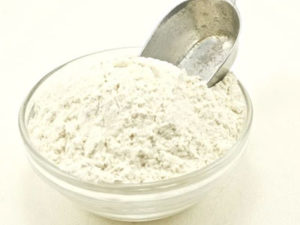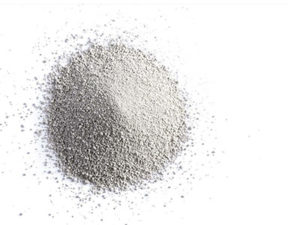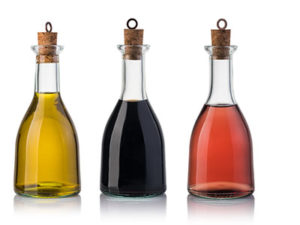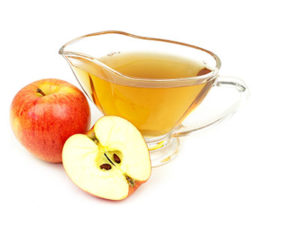Functional Ingredients Ingredients For The Food & Baking Industry
Functional Ingredients Ingredients For The Food & Baking Industry
Functional Ingredients Bakery Ingredients
Preservatives, improvers, acidifiers and dough conditioners, fermentation aids and much more. Bakery and food ingredients is our specialty. Our management team has over 160 years combined experience in the food and baking industry. Our tradition of over 100 years of service gives us the advantage to be able to supply your entire needs. From helpful, knowledgeable sales staff, to on-time deliveries as well as superior technical support, Capitol Food Company is here to help you.
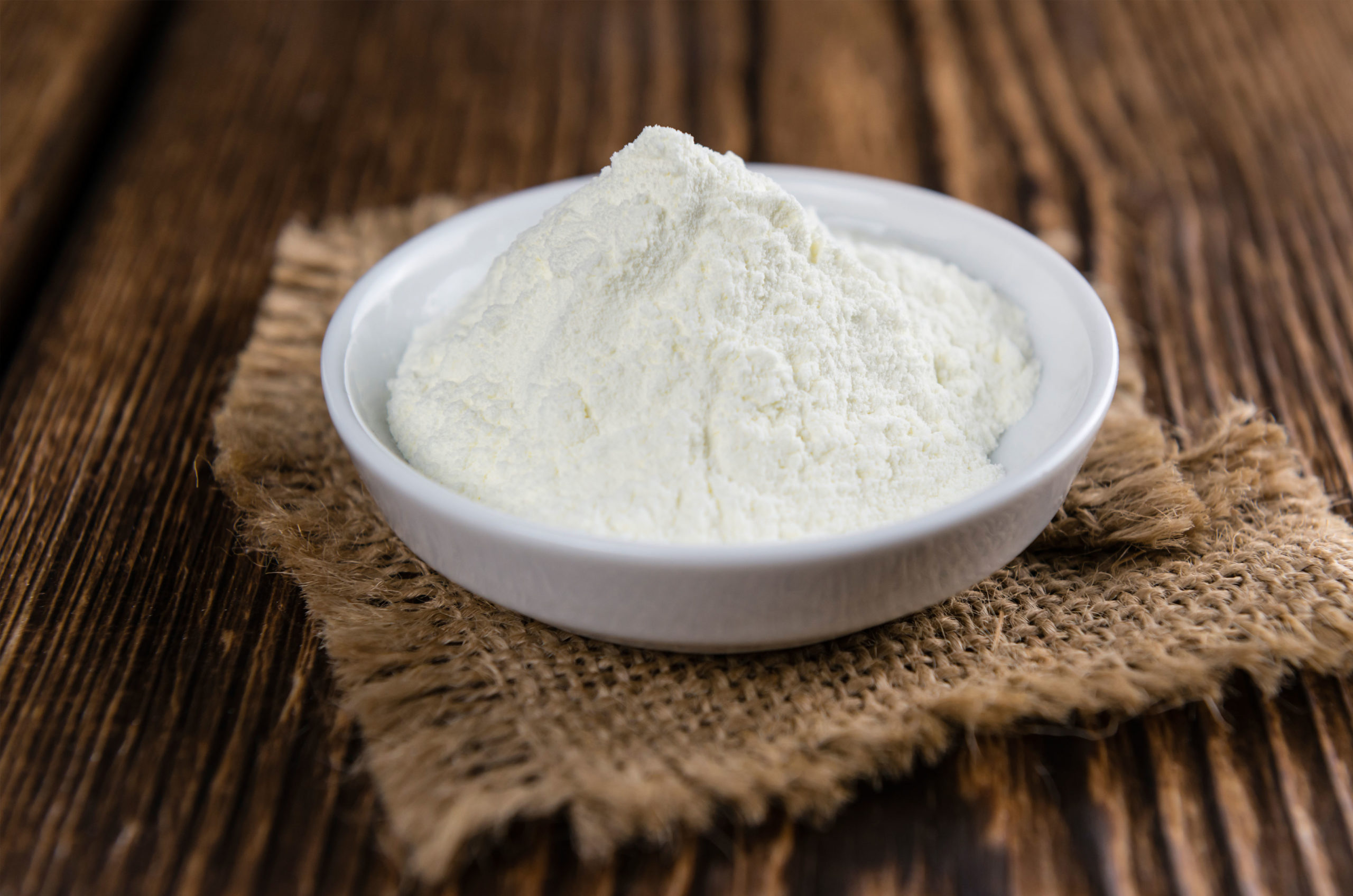
Functional Ingredients Bakery Ingredients
Preservatives, improvers, acidifiers and dough conditioners, fermentation aids and much more. Bakery and food ingredients is our specialty. Our management team has over 160 years combined experience in the food and baking industry. Our tradition of over 100 years of service gives us the advantage to be able to supply your entire needs. From helpful, knowledgeable sales staff, to on-time deliveries as well as superior technical support, Capitol Food Company is here to help you.

Functional Ingredients
-
An aqueous solution of acetic acid and trace chemicals that may include flavorings. In much of the vinegar industry the terminology, grain, is used. In this terminology, 10 grain is 1% acidity so 50 grain is 5%, 100 grain is 10%, etc. The term grain came from an alternate measure of weight, the grain. By dissolving a base like sodium bicarbonate or sodium hydroxide in water, you could measure how many grains it took to neutralize vinegar of a specific strength and volume. In the most common formulation, it took 10 grains (presumably of sodium hydroxide) to neutralize 1% acetic acid so the usage of grains for vinegar strength became interchangeable.
50 Grain Vinegar
-
An aqueous solution of acetic acid and trace chemicals that may include flavorings. In much of the vinegar industry the terminology, grain, is used. In this terminology, 10 grain is 1% acidity so 50 grain is 5%, 100 grain is 10%, etc. The term grain came from an alternate measure of weight, the grain. By dissolving a base like sodium bicarbonate or sodium hydroxide in water, you could measure how many grains it took to neutralize vinegar of a specific strength and volume. In the most common formulation, it took 10 grains (presumably of sodium hydroxide) to neutralize 1% acetic acid so the usage of grains for vinegar strength became interchangeable.
100 Grain Vinegar
-
An aqueous solution of acetic acid and trace chemicals that may include flavorings. In much of the vinegar industry the terminology, grain, is used. In this terminology, 10 grain is 1% acidity so 50 grain is 5%, 100 grain is 10%, etc. The term grain came from an alternate measure of weight, the grain. By dissolving a base like sodium bicarbonate or sodium hydroxide in water, you could measure how many grains it took to neutralize vinegar of a specific strength and volume. In the most common formulation, it took 10 grains (presumably of sodium hydroxide) to neutralize 1% acetic acid so the usage of grains for vinegar strength became interchangeable.
120 Grain Vinegar
-
An aqueous solution of acetic acid and trace chemicals that may include flavorings. In much of the vinegar industry the terminology, grain, is used. In this terminology, 10 grain is 1% acidity so 50 grain is 5%, 100 grain is 10%, etc. The term grain came from an alternate measure of weight, the grain. By dissolving a base like sodium bicarbonate or sodium hydroxide in water, you could measure how many grains it took to neutralize vinegar of a specific strength and volume. In the most common formulation, it took 10 grains (presumably of sodium hydroxide) to neutralize 1% acetic acid so the usage of grains for vinegar strength became interchangeable.
200 Grain Vinegar
-
An aqueous solution of acetic acid and trace chemicals that may include flavorings. In much of the vinegar industry the terminology, grain, is used. In this terminology, 10 grain is 1% acidity so 50 grain is 5%, 100 grain is 10%, etc. The term grain came from an alternate measure of weight, the grain. By dissolving a base like sodium bicarbonate or sodium hydroxide in water, you could measure how many grains it took to neutralize vinegar of a specific strength and volume. In the most common formulation, it took 10 grains (presumably of sodium hydroxide) to neutralize 1% acetic acid so the usage of grains for vinegar strength became interchangeable.
300 Grain Vinegar
-
ADA Tablets
Specialty formulated dough improver tablets providing oxidation, strength, volume and elasticity to various dough applications.
-
An inorganic sulfate salt obtained by reaction of sulfuric acid with two equivalents of ammonia. A high-melting (decomposes above 280℃) white solid that is very soluble in water (70.6 g/100 g water at 0℃; 103.8 g/100 g water at 100℃), it is widely used as a fertilizer for alkaline soils.
Ammonium Sulfate
-
A vitamin found particularly in citrus fruits and green vegetables. Essential in maintaining healthy connective tissue and is also thought to act as an antioxidant. Used to prevent or treat low levels of vitamin C in people who do not get enough of the vitamin from their diets.
Ascorbic Acid
-
A dry chemical leavening agent, a mixture of a carbonate or bicarbonate and a weak acid. The base and acid are prevented from reacting prematurely by the inclusion of a buffer such as cornstarch. Used to increase the volume and lighten the texture of baked goods. Works by releasing carbon dioxide gas into a batter or dough through an acid-base reaction, causing bubbles in the wet mixture to expand and thus leavening the mixture.
Baking Powder
-
One of the most widely used leaveners in baked goods. This simple chemical compound, also known as sodium bicarbonate, is found in crystalline form in nature but is ground to a fine powder for use in cooking.
-
An organic salt that helps preserve food by interfering with the ability of microorganisms, such as molds and bacteria, to reproduce. Calcium propionate is used as a preservative in bread and other baked goods, and it may be combined along with propionic acid and sodium propionate.
Calcium Propionate
-
A compound of calcium, sulfur and oxygen, in its purest form it has the chemical formula CaSO4. Exists as a fine, white to slightly yellow-white odorless powder. Mainly used as a food additive and preservative. Widely used to manufacture calcium tablets or supplements.
-
A sharp tasting crystalline acid present in the juice of lemons and other sour fruits. Made commercially by the fermentation of sugar and used as a flavoring and setting agent.
Citric Acid
-
Ingredients include natural colors, derived primarily from vegetable sources and sometimes called vegetable dyes; inorganic pigments; combinations of organic and metallic compounds (called lakes); and synthetic coal-tar substances.
Colors
-
Natural or chemical-origin ingredients that are used in baking formulations. Can improve flour baking performance and produce high-quality baked goods with extended shelf-life while maintaining consistent production processes. May include enzymes, yeast nutrients, mineral salts, oxidants and reductants, and emulsifiers.
Dough Conditioners
-
A comprehensive yet meticulously balanced blend of the highest performing natural enzymes currently available for baking applications.
Natural Dough Conditioners
-
Single-celled microorganisms that belong to the fungi kingdom. Active dry yeast provides ultimate baking activity in all yeast doughs, from low sugar to highly sweetened breads. A type of dry yeast that’s granular, with a consistency similar to cornmeal. A living organism that’s dormant until proofed or dissolved in a small amount of lukewarm water (about 110°F). It’s then added to the rest of the ingredients, where it causes dough to rise.
Yeast Active
-
Through the process of fermentation, yeast converts sugars into carbon dioxide and alcohol. These two byproducts make yeast an extremely useful tool in food production. Yeast is a single-cell organism, called Saccharomyces cerevisiae, which needs food, warmth, and moisture to thrive. It converts its food—sugar and starch—through fermentation, into carbon dioxide and alcohol.
Yeast Food
-
-
Improving the flavors of natural food products. Most types of flavorings add improved aroma and some can also affect the taste, flavor enhancement and mouth feel. Improve meats and vegetables or create flavor for food products that do not have the desired flavors such as candies and other snacks. Most types of flavorings are focused on scent and taste.
Flavors
-
Also called guaran, this is a galactomannan polysaccharide extracted from guar beans that has thickening and stabilizing properties useful in food, feed, and industrial applications. Guar seeds are mechanically dehusked, hydrated, milled and screened according to application. Typically produced as a free-flowing, off-white powder.
Guar Gum
-
A 2% no time dough conditioner for European or American bread and rolls, either parbaked or fresh. Reduces fermentation time in all yeast raised baked products. Increases dough strength. Im-Prove 200 is versatile in that it can be used in any bread or sweet good that is fresh baked or retarded. Can be used in both automatic and manual applications.
Improve 200
-
L-cysteine is a semi-essential amino acid found naturally in the human body. Abundant in protein-rich foods, L-cysteine is also sold as a dietary supplement, sometimes just called cysteine. Cysteine, along with the amino acids glutamine and glycine, is a building block of the powerful antioxidant glutathione.
L-Cysteine Tablets
-
Lecithin is a generic term to designate any group of yellow-brownish fatty substances occurring in animal and plant tissues which are amphiphilic – they attract both water and fatty substances, and are used for smoothing food textures, emulsifying, homogenizing liquid mixtures, and repelling sticking materials.
Lecithin
-
Feed additives used to minimize mold contamination and prevent mold growth, thereby minimizing the risk of having mycotoxin-producing molds proliferate in grain or feed. Feed additives commonly used for this purpose include propionic acids and other organic acids. In the baking industry, the most commonly used chemical preservatives to prevent mold spoilage are the following: propionates (calcium or sodium propionate), sorbates (sorbic acid and potassium sorbate), benzoates, parabens (methyl and propyl) and acetic acid.
Mold Inhibitors
-
Clean label mold inhibitors are natural preservatives that help control mold growth and prolong the shelf life of food. Natural mold inhibitors include vinegar, raisin and prune juice concentrate, fermented/cultured flours, cultured starches and plum paste, whey.
Natural Mold Inhibitors
-
A leavening acid commonly found in baked goods. Has a neutralizing value of 80 and is very fast acting. Used in conjunction with baking soda to provide aeration and volume in cakes and cookies. Monocalcium phosphate is derived from minerals found in nature. Has been used in food production for decades and is made by reacting a source of calcium (usually calcium hydroxide) with phosphoric acid.
Monocalcium Phosphate
-
Ovenspring
A dough conditioner combining ascorbic acid with a multi-enzyme combination providing dough improvement, dough makeup and dough strength.
-
An alkaline mineral that’s available in supplement form. Widely considered to be one of the best substitutes for baking soda in a recipe. Because it has the same leavening capabilities as baking soda, but there is one distinct difference: it does not contain any of the sodium that baking soda possesses.
Potassium Bicarbonate
-
The potassium salt of sorbic acid. A white salt that is very soluble in water. Primarily used as a food preservative. Effective in a variety of applications including food, wine, and personal-care products.
Potassium Sorbate
-
A dairy-based dough conditioner that simplifies baking by reducing the fermentation time or sponge teps. Biochemical reactions of Ls – cysteine hydrochloride and flour proteins result in shorter mixing times and increased dough extensibility.
Redi Sponge
-
An antimicrobial preservative and flavoring agent used in the food industry. Synthesized by combining benzoic acid with sodium hydroxide. Does not occur naturally, but when it is mixed with water it produces benzoic acid, which can be found naturally in certain fruits such as plums, cranberries and apples. Mainly used as a food preservative, but is also found in cosmetics, dyes, pharmaceuticals and industrial settings.
Sodium Benzoate
-
The salt form of propionic acid, which is an organic acid that is produced during the chemical degradation of sugar. In the food industry it is used safely as a food preservative and prevents the growth of mold and some bacteria.
Sodium Propionate
-
A versatile, FDA approved food additive used to improve the mix tolerance and volume of processed foods. It is one type of a commercially available lactylate. SSL is non-toxic, biodegradable, and typically manufactured using biorenewable feedstocks. Because SSL is a safe and highly effective food additive, it is used in a wide variety of products ranging from baked goods and desserts to pet foods.
Sodium Stearoyl Lactylate (SSL)
-
Staysoft
A blend of fungal and bacterial enzymes that improve crumb, grain and texture and extends stale-free shelf life. (Ingredients including calcium sulfate and enzymes).
-
An aqueous solution of acetic acid and trace chemicals that may include flavorings. Vinegar typically contains 5–8% acetic acid by volume. Usually the acetic acid is produced by the fermentation of ethanol or sugars by acetic acid bacteria. There are many types of vinegar, depending on source materials. Now mainly used in the culinary arts: as a flavorful, acidic cooking ingredient, or in pickling.
Vinegar
-
A vinegar made from fermented apple juice, and used in salad dressings, marinades, vinaigrettes, food preservatives, and chutneys. Made by crushing apples, then squeezing out the juice. Bacteria and yeast are added to the liquid to start the alcoholic fermentation process, which converts the sugars to alcohol. In a second fermentation step, the alcohol is converted into vinegar by acetic acid-forming bacteria. Acetic acid and malic acid combine to give vinegar its sour taste.
Apple Cider Vinegar
-
A mold inhibitor that helps to reduce the growth of mold and bacteria that are responsible for spoilage in many food products. The end-result is a longer shelf life for cakes, pies, muffins, tortillas and breads.
Whey Based Mold Inhibitor

